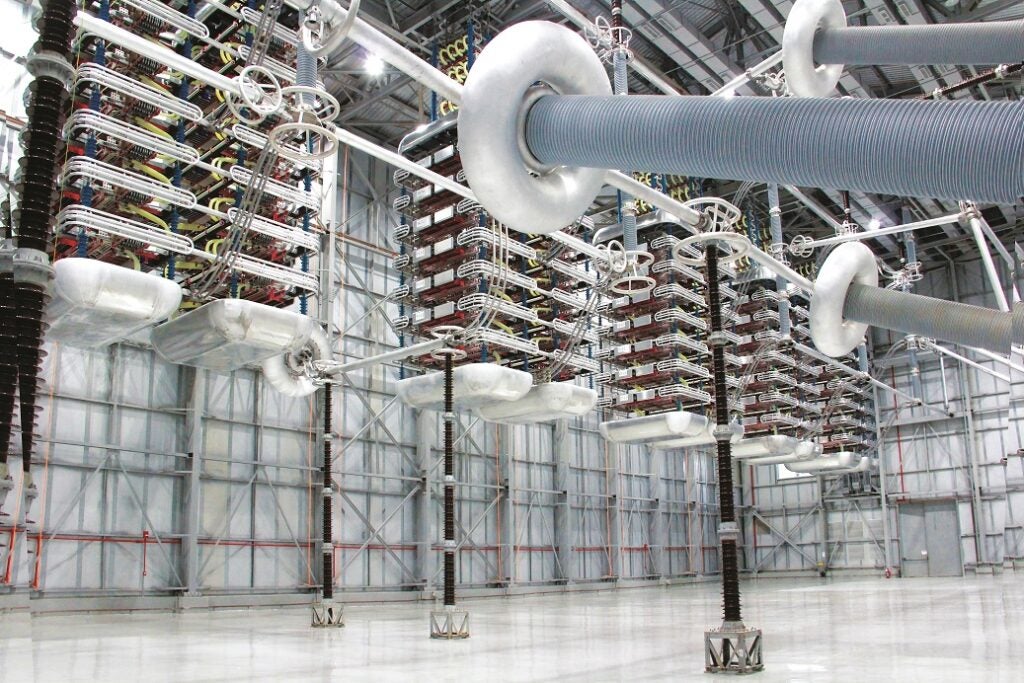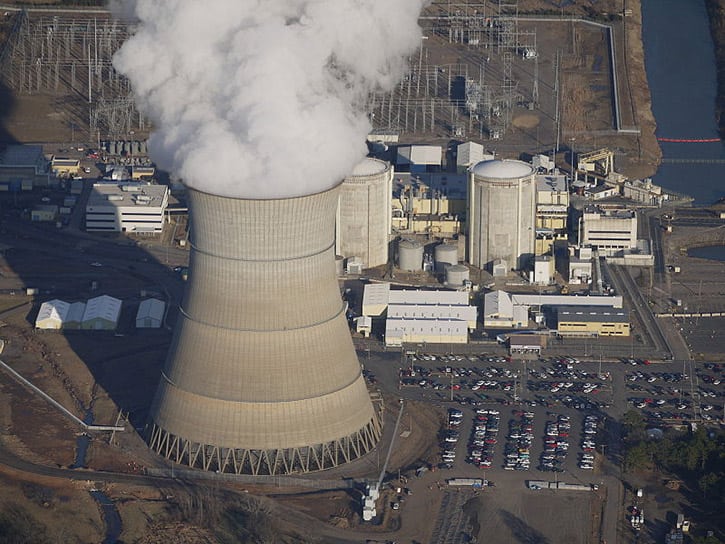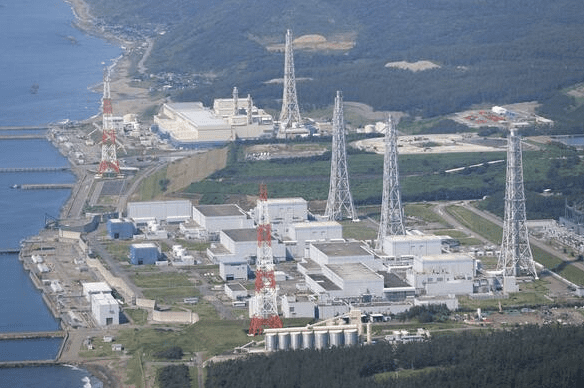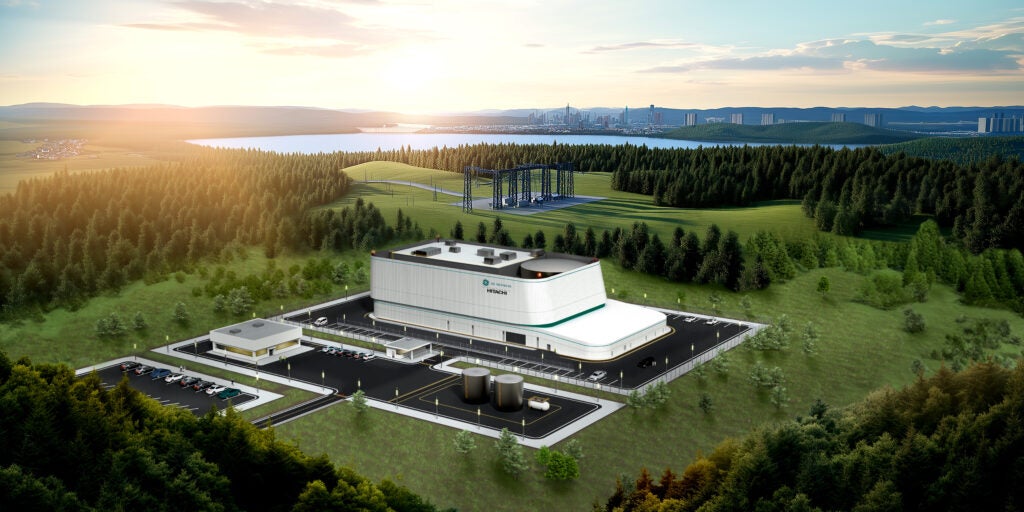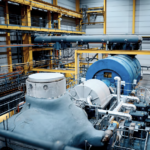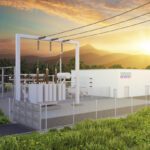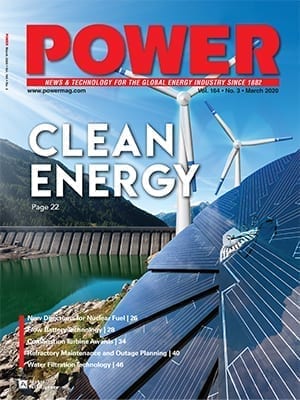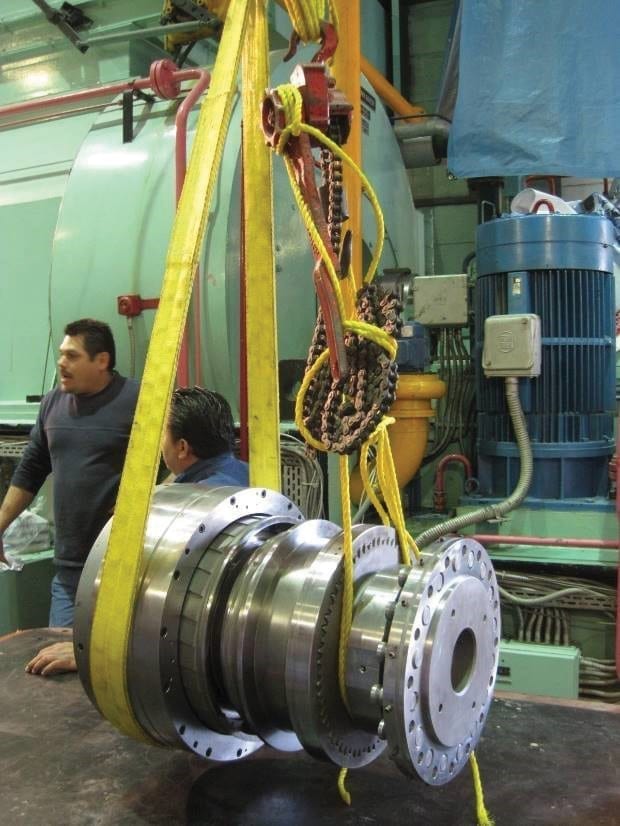
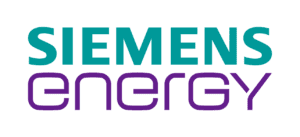
In simple terms, inertia refers to the energy stored in the rotating masses of synchronous generators, typically found in traditional thermal power plants. This stored kinetic energy acts as a cushion when sudden frequency fluctuations happen in the grid, helping to prevent system-wide disruptions.
For example, when a large generator unexpectedly goes offline, the rotating mass in synchronous generators resists changes in speed, providing time for grid control systems to react and restore balance. Without this inertial response, frequency changes would happen much faster, triggering protective relays and potentially causing unnecessary shutdowns of equipment.
This ability to limit frequency change and protect against system faults has made inertia crucial for grid operations. Additionally, synchronous generators contribute to grid stability by providing short-circuit power, which helps with the quick isolation of faults and prevents widespread equipment damage.

The Shift to Renewable Energy and Its Impact
As the world embraces renewable energy, the role of inertia is becoming more critical. Unlike traditional generators, renewable sources like wind turbines and solar panels are connected to the grid via power electronic converters. These resources do not provide the same inertial response that traditional generators do. Consequently, the loss of conventional power plants and their inherent inertia results in a less stable grid, more vulnerable to frequency disturbances and faults.
The decline in inertia poses significant risks to grid stability, particularly during disturbances or rapid changes in demand. As power systems transition to renewables, grid operators are tasked with finding new ways to maintain stability without relying on traditional power plants.
Synchronous Condensers: A Solution to the Inertia Problem
One effective solution to the loss of inertia in the grid is the deployment of synchronous condensers. These are essentially synchronous motors that operate without a mechanical load or turbine. By spinning at synchronous speed (matching the grid frequency), synchronous condensers can inject or absorb power from the grid, providing the necessary inertial response during disturbances.
In addition to offering inertia, synchronous condensers can also contribute to voltage regulation and reactive power support. They work seamlessly with existing grid infrastructure, enhancing grid stability without the need for costly and time-consuming upgrades.
The key advantage of synchronous condensers is their ability to provide immediate inertial response during frequency disturbances. This is similar to the role traditional generators played in grid operations. Furthermore, these devices can supply or absorb reactive power, helping with voltage regulation. By increasing short-circuit current capability, synchronous condensers help improve the grid’s resilience during faults, providing a much-needed cushion for modern grids with higher renewable penetration.
Advantages of Synchronous Condensers
Synchronous condensers offer several key benefits:
-
Inertial Response: They provide the necessary inertia to counteract sudden frequency changes, just like traditional generators.
-
Reactive Power Support: Synchronous condensers help with voltage regulation by supplying or absorbing reactive power.
-
System Strength: By increasing short-circuit current, they improve the grid’s ability to ride through faults.
-
Flexibility: These devices can be integrated into existing grid infrastructure without significant modifications.
Perhaps most importantly, synchronous condensers can be deployed in several ways. They can be newly installed or used as part of a conversion process, repurposing retired generators. This flexibility allows grid operators to enhance system stability without having to invest in completely new infrastructure.

Successful Implementation: Real-World Examples
Synchronous condensers have already been successfully deployed in various locations worldwide to enhance grid stability as part of the transition to renewable energy. Here are a few examples:
-
Moneypoint Power Station, Ireland: As part of Ireland’s move towards a green energy future, Moneypoint is transforming from a coal-fired power plant to a renewable energy hub. A synchronous condenser, featuring the world’s largest flywheel, was installed to stabilize grid frequency variations caused by the integration of renewable resources. This €50 million investment plays a crucial role in stabilizing the grid as Ireland moves toward its renewable energy goals.
-
Townsville Power Station, Australia: In response to the increasing share of renewables in Australia’s energy mix, the Townsville Power Station will convert its gas turbine and generator into a Hybrid Rotating Grid Stabilizer (RGS). The conversion includes the addition of a synchronous condenser, which helps stabilize the grid and provides system strength without the need to generate electricity. Replacing the gas turbine’s intermediate shaft with an SSS clutch enables an immediate transition between power generation and synchronous condenser operation. This initiative represents the first global deployment of a Hybrid RGS conversion on a gas turbine of this scale.
-
Intermountain Power Project, U.S.: Located in western Utah, the Intermountain Power Project (IPP) is undergoing a major transformation. As part of its shift toward renewable energy, IPP is installing synchronous condensers to stabilize the grid and support its new renewable resources, including hydrogen storage. This project highlights the importance of synchronous condensers in ensuring grid stability while incorporating low-carbon energy sources.
-
Killingholme Power Station, UK: Uniper’s Killingholme Power Station in the UK is another example of successful synchronous condenser integration. The station repurposed retired steam turbine generators and installed flywheels to provide essential grid stabilizing services. This innovative approach allows Killingholme to support the UK grid’s stability and accommodate more renewable energy.

The Future of Grid Stability
As the world moves toward renewable energy, the role of synchronous condensers in grid stability will only grow. These machines offer an elegant and cost-effective solution to the challenges posed by the loss of inertia in the grid. By providing inertia, reactive power, and short-circuit strength, synchronous condensers help ensure that grids can handle the increasing penetration of renewable resources without compromising reliability.
Moreover, their ability to retrofit existing infrastructure offers both economic and environmental advantages, reducing the need for new, expensive grid infrastructure. As more countries and regions look to decarbonize their energy systems, synchronous condensers will likely become a crucial component in creating resilient, reliable, and sustainable power grids.
In conclusion, synchronous condensers are more than just a technological solution—they are a strategic investment in the future of power systems. As grid operators and policymakers seek to balance the integration of renewable energy with grid stability, these devices will play an essential role in supporting the renewable revolution.
To learn more about grid stability and RGS, including technical details and benefits, download the white paper


